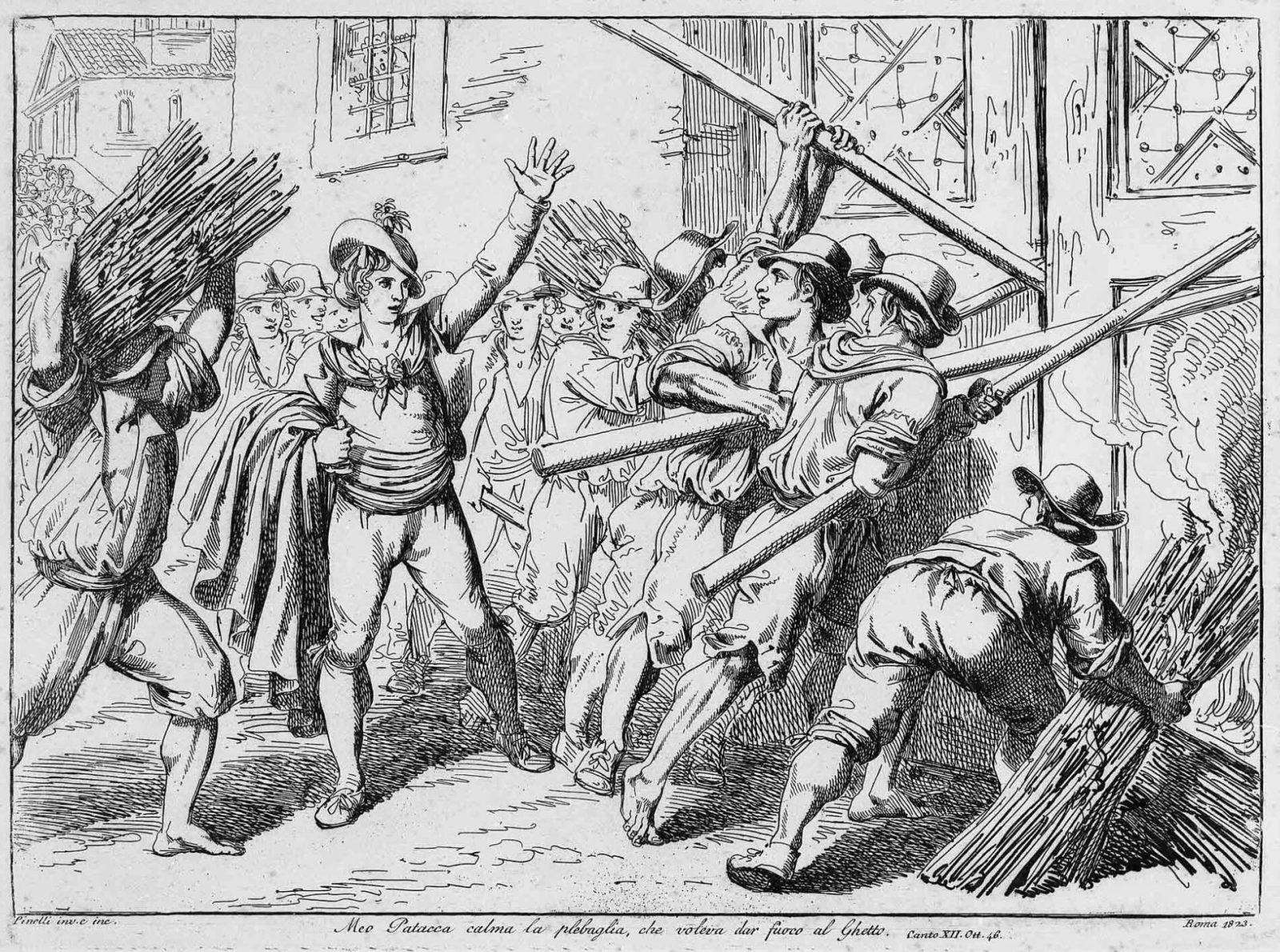EXHIBITION – From Rome to Syracuse, the other Purims

Special or local Purims, known in Hebrew as Purim Shenì or Purim Qatàn (Second Purim or Little Purim), are festivities established by Jewish communities to commemorate miraculous events that led to salvation from natural disasters (such as earthquakes, fires and epidemics) or, more frequently, from antisemitic attacks.
As in biblical Purim, these days of celebration include the recital of prayers and poetry, often accompanied by specific customs that vary based on the historical and geographical context, as explained by Rabbi Gianfranco Di Segni in the catalogue for the “Bellissima Ester Purim: a timeless story” exhibition. Open until 15 June at the MEIS (the Museum of Italian Judaism and the Shoah) in Ferrara, the exhibition dedicates a section to the Second Purims and delves into the stories of some of the Little Purims that have emerged in Italy throughout the centuries.
Ferrara
On the night of December 9, 1758, a sudden fire threatened a house in the Ferrara ghetto. The flames flared up while Leone Vita’s family slept, unaware of the imminent danger. A neighbor noticed the fire and knocked on the door vigorously to warn them. Upon hearing the call, Leone’s wife, Silvia, ran to open the door. The neighbor prepared to intervene and extinguish the flames, but the fire inexplicably went out by itself. In the crowded, wooden houses of the ghetto, the risk of fire was always present. “The event in Ferrara was a minor occurrence but it represented a significant saving for the family, worthy of being passed down and remembered as a Purim,” they emphasize at the MEIS.
Rome
On January 13, 1793, the French diplomat Nicolas Jean Hugou de Basseville was assassinated in Rome by the Roman populace, who opposed revolutionary ideas. On that same day, rumors spread that the Jews of the ghetto were supporting the French and hiding a stock of tricolored cockades. These accusations inflamed the mob, who repeatedly attacked the ghetto between January and February to set fires and harass the inhabitants.
The final attack was thwarted by the Pontifical Guards, but the community’s fate was sealed by the weather. Suddenly, dark clouds gathered and the rain fell violently, extinguishing the flames set by the assailants. This providential thunderstorm, which saved the ghetto from destruction, became a symbol of divine protection. Since then, the Roman Jewish community has celebrated the “Moed of Lead”, the day when water from the sky brought salvation.
Syracuse
According to legend, it is the year 1405. Every year, the king of Syracuse (Sicily) visits the Jewish neighborhood and all the Jews and their leaders must present him with the Torah scrolls as a sign of submission.
During the 13th year of his reign, the leaders of the Jewish community decided to take empty cases to the procession as a sign of respect for the sacredness of the scrolls. However, an apostate who had become aware of this decision reported it to the king, who planned to kill all the Jews in Syracuse if the story was true.
Fortunately, the guardian of the synagogue had a vision in which the prophet Elijah warned him of the threat, so he returned the scrolls to their cases. Upon inspecting the cases and finding the scrolls inside, the king condemned the apostate for deceiving him.
Since then, communities of Syracusan origin spread across the Mediterranean have celebrated the Purim of Syracuse on 17 Shevat.
(In Bartolomeo Pinelli’s aquatint, Meo Patacca calms the mob which is setting fire to the ghetto)
Translated by Francesco Gambino and revised by Rebecca Luna Escobar, students at the
Advanced School for Interpreters and Translators of the University of Trieste, trainees in the newsroom of the Union of the Italian Jewish Communities — Pagine Ebraiche.
